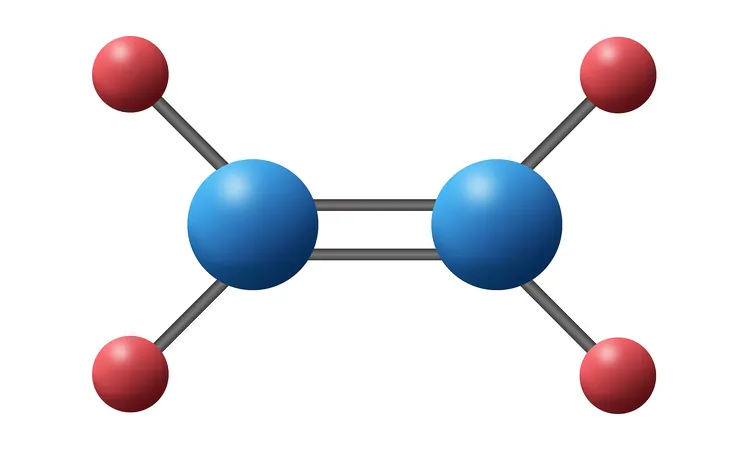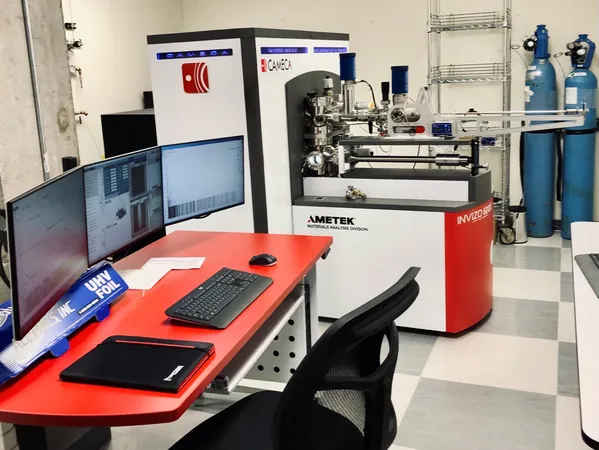
100-Year-Old Chemistry Rule Upended – What This Breakthrough Could Mean for Drug Discovery
2024-11-03
Author: Liam
What Is Bredt’s Rule?
For nearly 100 years, Bredt’s rule has been a cornerstone of organic chemistry, particularly in the study of olefins—organic compounds characterized by a carbon-carbon double bond. Specifically, Bredt’s rule states that double bonds cannot occur at the 'bridgehead' positions of bridged bicyclic molecules, which often leads chemists to believe that such structures are inherently unstable. This presumption has stymied research into what are now termed anti-Bredt olefins (ABOs), compounds that could unlock new pathways in chemical synthesis.
Challenging Long-Standing Assumptions
Prompted by the desire to explore the unexplored, Garg’s team embarked on a quest to challenge the limitations imposed by Bredt’s rule. They used innovative techniques involving silyl (pseudo)halides treated with fluoride sources to synthesize these previously deemed impossible ABOs. To stabilize these highly reactive molecules, which tend to decompose rapidly, the researchers cleverly trapped them using another chemical reaction, allowing them to be studied and utilized for the creation of new compounds.
Implications for the Pharmaceutical Industry
But why is this so significant? As Garg notes, there is an urgent drive in the pharmaceutical sector for reactions that yield 3D molecular structures like ABOs. This flexibility in molecular design is crucial for discovering new medications. The ability to produce these unique structures not only broadens the horizon for innovation but paves the way for breakthroughs in drug formulations, ultimately enhancing our capabilities to tackle diseases.
A Call to Action for Scientists
This groundbreaking research serves as an inspiring reminder to both seasoned scientists and budding chemists alike—a clarion call to push beyond the limits of conventional wisdom. If a rule upheld for a century can be overturned, the potential for unearthing further 'impossible' discoveries is tantalizing.
The Future of Organic Chemistry
As Garg’s work opens new avenues in organic chemistry, the implications for the future are expansive. Researchers now have the potential to synthesize ABOs and use them effectively, laying the foundation for further investigation into their applications. The scientific community stands at the brink of a new era—one where the impossible may be within reach.









 Brasil (PT)
Brasil (PT)
 Canada (EN)
Canada (EN)
 Chile (ES)
Chile (ES)
 España (ES)
España (ES)
 France (FR)
France (FR)
 Hong Kong (EN)
Hong Kong (EN)
 Italia (IT)
Italia (IT)
 日本 (JA)
日本 (JA)
 Magyarország (HU)
Magyarország (HU)
 Norge (NO)
Norge (NO)
 Polska (PL)
Polska (PL)
 Schweiz (DE)
Schweiz (DE)
 Singapore (EN)
Singapore (EN)
 Sverige (SV)
Sverige (SV)
 Suomi (FI)
Suomi (FI)
 Türkiye (TR)
Türkiye (TR)